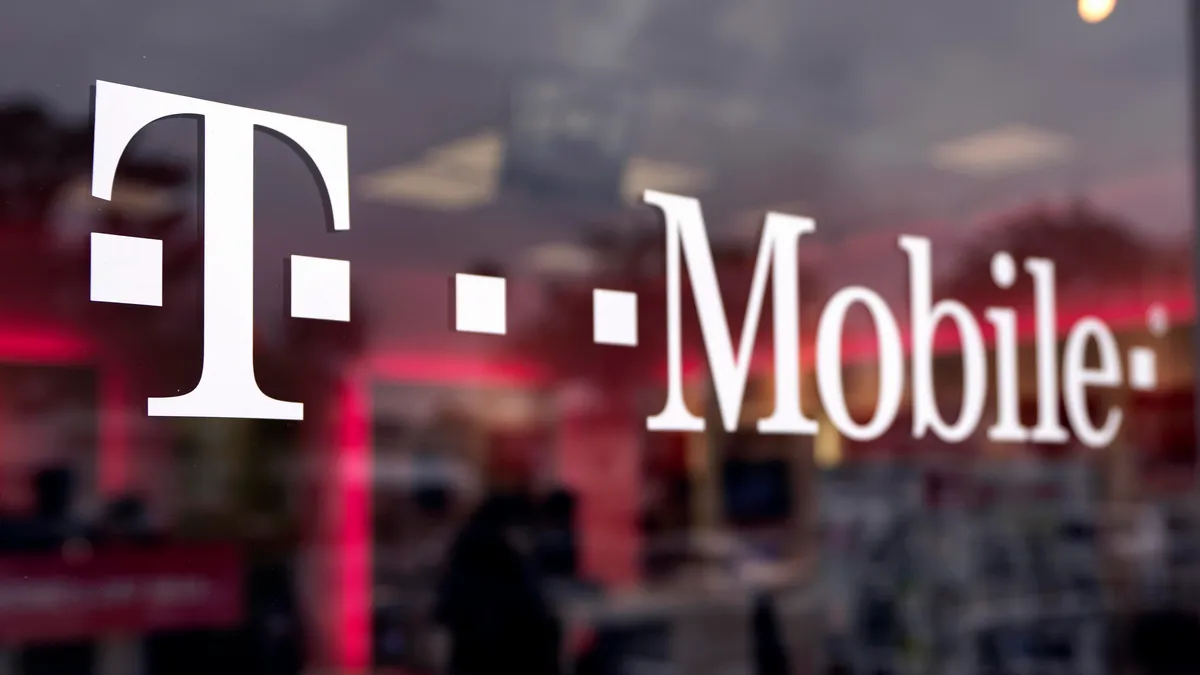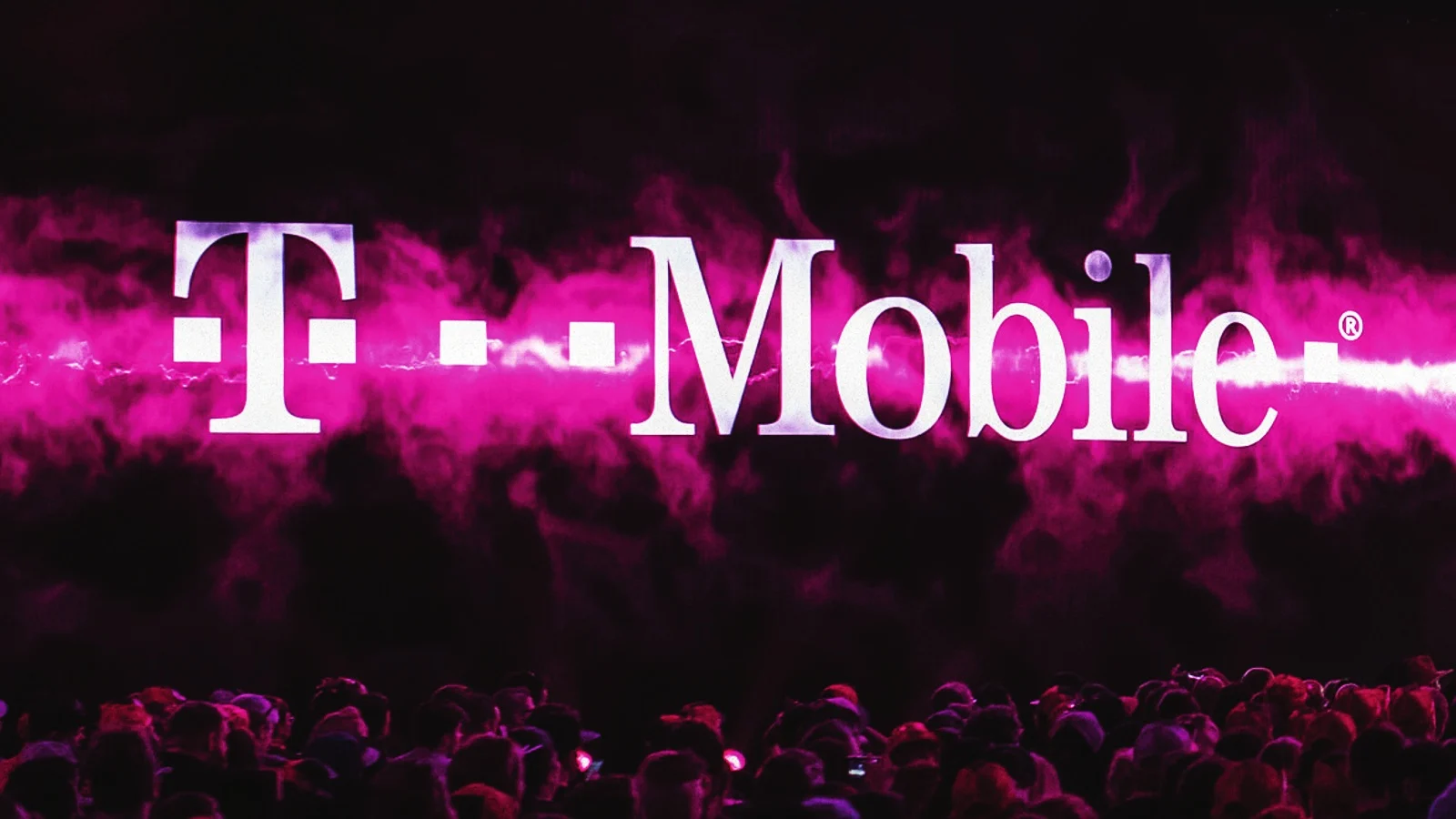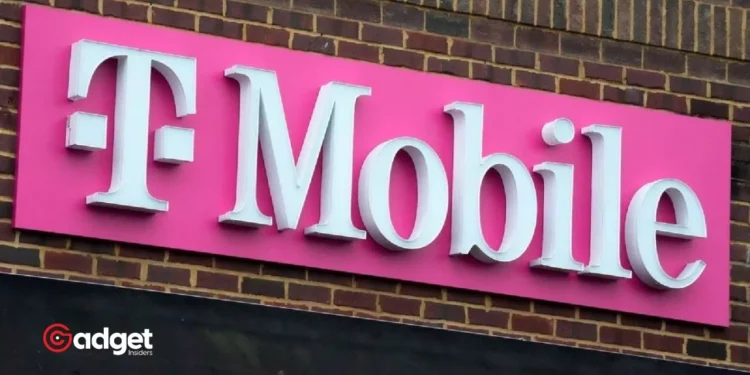When T-Mobile acquired Sprint, it wasn’t just a merger of two telecommunications giants—it was a seismic shift that has sent ripples across the consumer market in the United States. According to analysis by the research firm Rewheel, this consolidation has led to a notable surge in the cost of mobile services for American consumers, making the U.S. one of the most expensive markets globally.

T-Mobile-Sprint Merger: Rise in Mobile Plan Prices
Rewheel’s findings paint a stark picture: in the wake of the merger, monthly prices for mobile plans have escalated significantly. Consumers are now facing charges that are approximately two to three times higher than before, with gigabyte rates soaring to five to six times their previous amounts. This drastic increase is primarily observed in markets with only three major mobile network operators.
Interestingly, a comparison with markets housing four mobile network providers shows a contrasting scenario. These markets enjoy healthier competition, which invariably benefits the end consumer with lower pricing structures. This highlights the critical role that competition plays in regulating pricing and maintaining consumer-friendly rates.
Contradictory Reports and the Reality of Consumer Satisfaction
The situation becomes murkier when considering a report from CTIA, which suggests a dramatic decrease in the cost per megabyte of data—claiming a reduction of 98 percent from 2012 to 2022. This stark contradiction raises questions about the actual impact of market consolidation on pricing strategies.
Despite the rising costs, the major carriers, including AT&T, Verizon, and T-Mobile, have maintained historically low levels of churn, indicating a strong customer retention rate. This phenomenon suggests that while prices are climbing, the loyalty among customers remains unaffected. However, this loyalty does not necessarily translate to customer satisfaction. Recent surveys have revealed that some Mobile Virtual Network Operators (MVNOs) are ranking higher in customer satisfaction than their more established counterparts, hinting at consumer discontent with the major carriers.

The Role of Dish Network in Shaping Competition
The merger agreement envisioned Dish Network stepping in to fill the void left by Sprint, aiming to restore the competitive balance as the fourth largest provider. However, challenges have hindered Dish’s ability to pose a significant threat to the established trio of AT&T, Verizon, and T-Mobile. The struggles of Dish illustrate the complexities involved in fostering effective competition within such a tightly held market.
Perspectives on Technological Evolution and Consumer Impact
Anam Hamid, a seasoned tech journalist with a profound understanding of the telecommunications industry, offers a broader perspective on these developments, including those influenced by T-Mobile. Anam, who has transitioned from a computer scientist to a tech journalist, has closely followed the evolution of mobile technologies and their societal impacts. She is particularly interested in innovations like folding screens and under-display sensors, which she believes could redefine the user experience.
Anam emphasizes the importance of balancing technological advancement with consumer welfare, especially in the context of T-Mobile’s influence. Her insights underscore the need for regulatory frameworks that not only encourage innovation but also safeguard consumer interests against monopolistic tendencies.

The Future of Mobile Networks
As the landscape of mobile telecommunications continues to evolve, the focus shifts to how companies can integrate technological advancements while maintaining fair pricing and high customer satisfaction. The role of regulatory bodies becomes increasingly significant in ensuring that the benefits of technology reach all layers of society without undue financial burdens.
In conclusion, the T-Mobile and Sprint merger has undoubtedly reshaped the U.S. telecommunications landscape. The challenge now lies in managing these changes to foster a healthy, competitive market that can thrive on innovation and fairness, ensuring that the future of mobile communications is as bright as the technologies it embraces.









